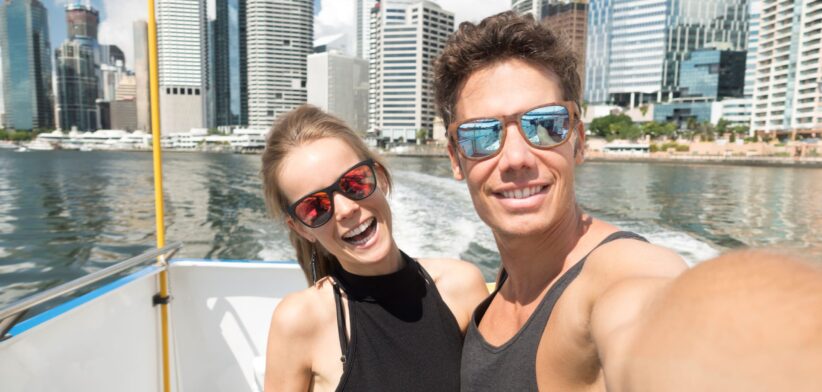The population of Australia’s capital cities is, on average, more than four years younger than the rest of the country, with Brisbane the nation’s youngest State capital.
New data from the Australian Bureau of Statistics (ABS), released today, showed Darwin, in the Northern Territory, had the youngest median age of all capital cities in 2023.
ABS Head of Demography Beidar Cho said Darwin’s median age of 34.6 years was a year younger than Canberra, in the Australian Capital Territory, with Brisbane the youngest State capital, with a median age of 36.5 years.
“In contrast, Adelaide had the oldest median age at 39.2 years, followed by Hobart at 38.9 years.”
The data showed that the median age for capital cities (37 years) was younger than the rest of Australia (41.9 years).
In Queensland, the median age outside Brisbane was 40.7 years, slightly older than Western Australia (40.4 years) and older than the NT (32.3 years) and the ACT (38.3 years).
Ms Cho said within Queensland, Greater Brisbane had a higher proportion of its population aged 20 to 44 years (37 percent) than the rest of Queensland (31 percent), reflecting the pattern of young adults moving to capital cities for work and education purposes.
“In contrast, Brisbane had a lower proportion aged 55 years and over (25 precent) than the rest of the state (32 percent).”
The data showed the areas in Queensland with the youngest median ages were the Northern Peninsula (24.5 years) in the far north of the state and Yarrabah (26.4 years), near Cairns, and the Brisbane suburb of St Lucia (24.7 years), which contained the University of Queensland.
The areas with the oldest median ages were on the coast, including Bribie Island (63.6 years) in Brisbane’s north, Cooloola (62.4 years) in the Wide Bay region and the Southern Moreton Bay Islands (61.2 years) in Brisbane’s east.
The latest data also looked at sex ratios with females outnumbering males in both Brisbane (98.2 males per 100 females) and the rest of Queensland (98).
It showed the areas with the lowest sex ratios were the Gold Coast suburb of Robina West (82.2 males per 100 females), Aurukun (84.9 males per 100 females), in the state’s far north, and Sherwood (85.8 males per 100 females), in Brisbane’s south-west.
The areas with the highest sex ratios, all containing male correctional centres, were Wacol (278.1 males per 100 females) in Brisbane’s south-west, Tablelands (154.5 males per 100 females) in the state’s far north, Glenlee, Rockyview (144.1 males per 100 females), to the north of Rockhampton.








